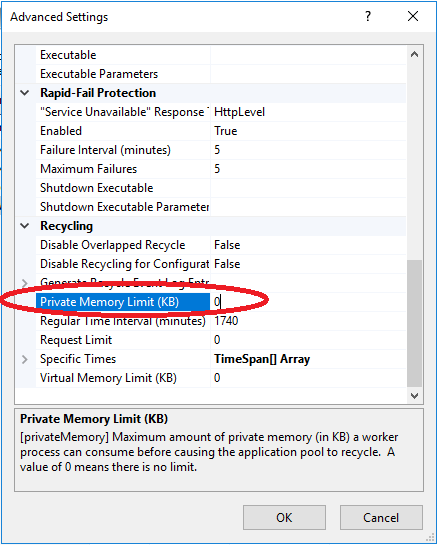

In addition, it solves higher-order equations with methods like undetermined coefficients, variation of parameters, the method of Laplace transforms, and many more. This step-by-step program has the ability to solve many types of first-order equations such as separable, linear, Bernoulli, exact, and homogeneous. What about equations that can be solved by Laplace transforms? Not a problem for Wolfram|Alpha: Even differential equations that are solved with initial conditions are easy to compute. Get step-by-step directions on solving exact equations or get help on solving higher-order equations. Limits Compute limits numerically and symbolically. More information, such as plots and series expansions, is provided to enhance mathematical intuition about a limit. Wolfram|Alpha can help out in many different cases when it comes to differential equations. WolframAlpha has the power to compute bidirectional limits, one-sided limits and multivariate limits. (To type Shift+Return, hold down the Shift key, then press Return. Wolfram|Alpha can show the steps to solve simple differential equations as well as slightly more complicated ones like this one: Mathematicainput into the notebook, then type Shift+Return to make Mathematicaprocess your input. Differential equations are fundamental to many fields, with applications such as describing spring-mass systems and circuits and modeling control systems.įrom basic separable equations to solving with Laplace transforms, Wolfram|Alpha is a great way to guide yourself through a tough differential equation problem.

Today we’re pleased to introduce a new member to this family: step-by-step differential equations. Try quitting other applications and then retry.Wolfram|Alpha has become well-known for its ability to perform step-by-step math in a variety of areas.

I shall attempt to explore SparseArray limitations.įrom this error message it appears that the dimensions of the array must be machine integers: SparseArray.test It’s a symbolic language with very clear principles, that can describe arbitrary structures as well as arbitrary data. following expression that has infinite or non-existent limits at /2, 1 and /2 in. Oleksandr remarked on the memory required for a dense matrix. It’s a very general language, useful for a great many different kinds of domains. Mathematica knows the meaning of parentheses ( and ) in evaluating.


 0 kommentar(er)
0 kommentar(er)
